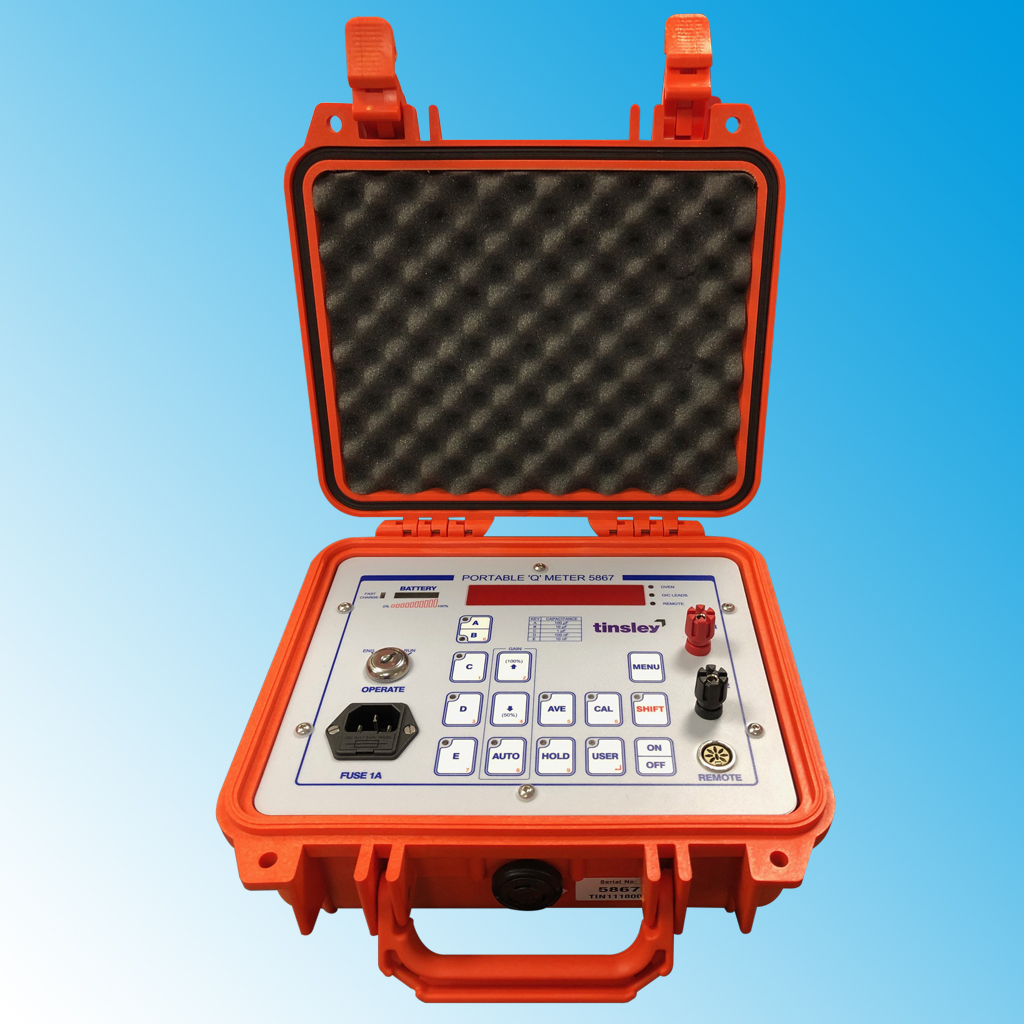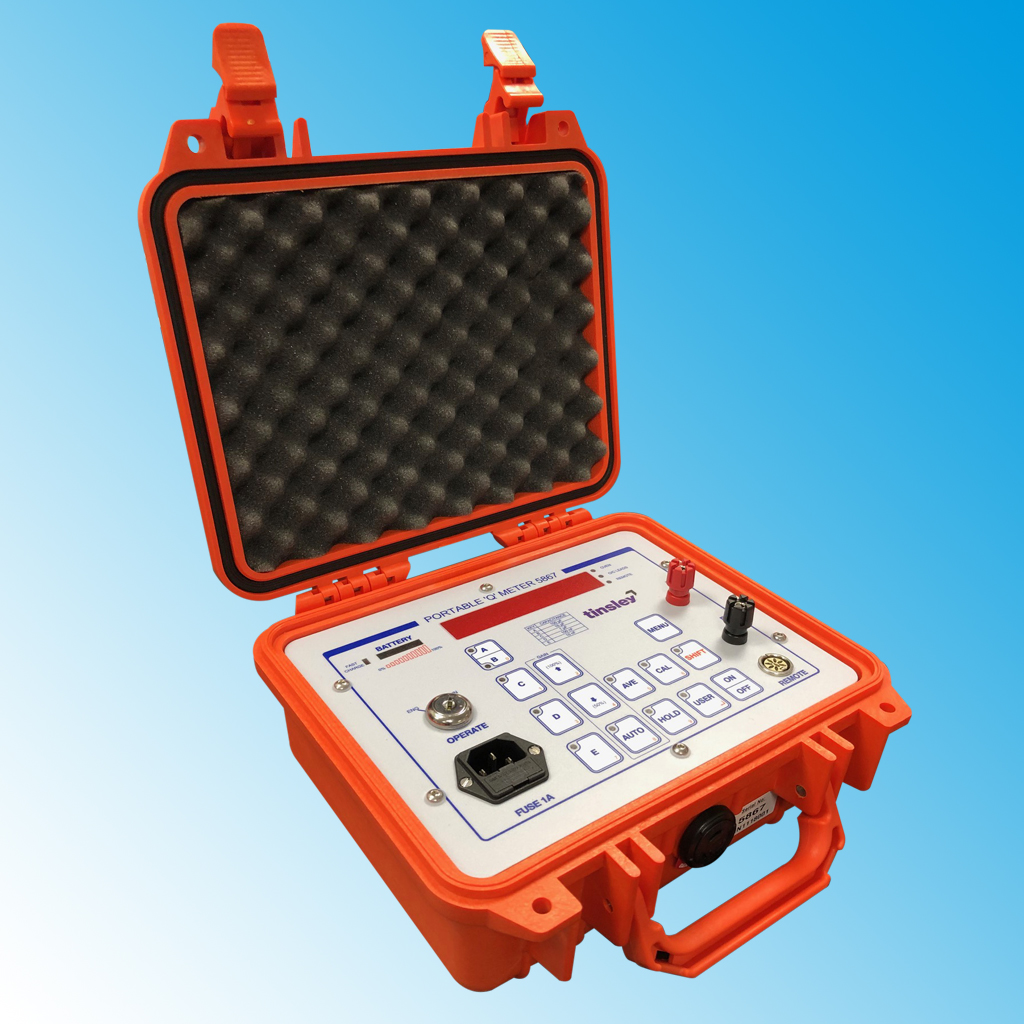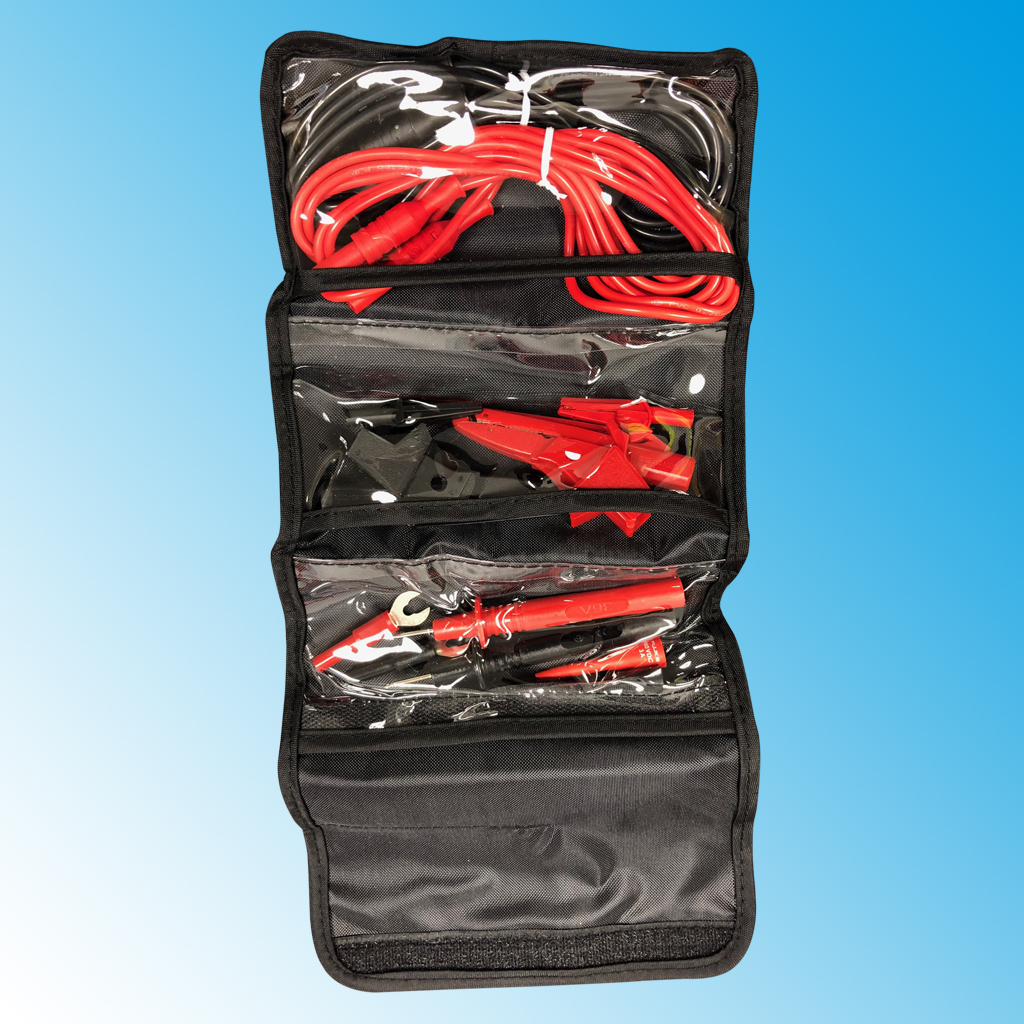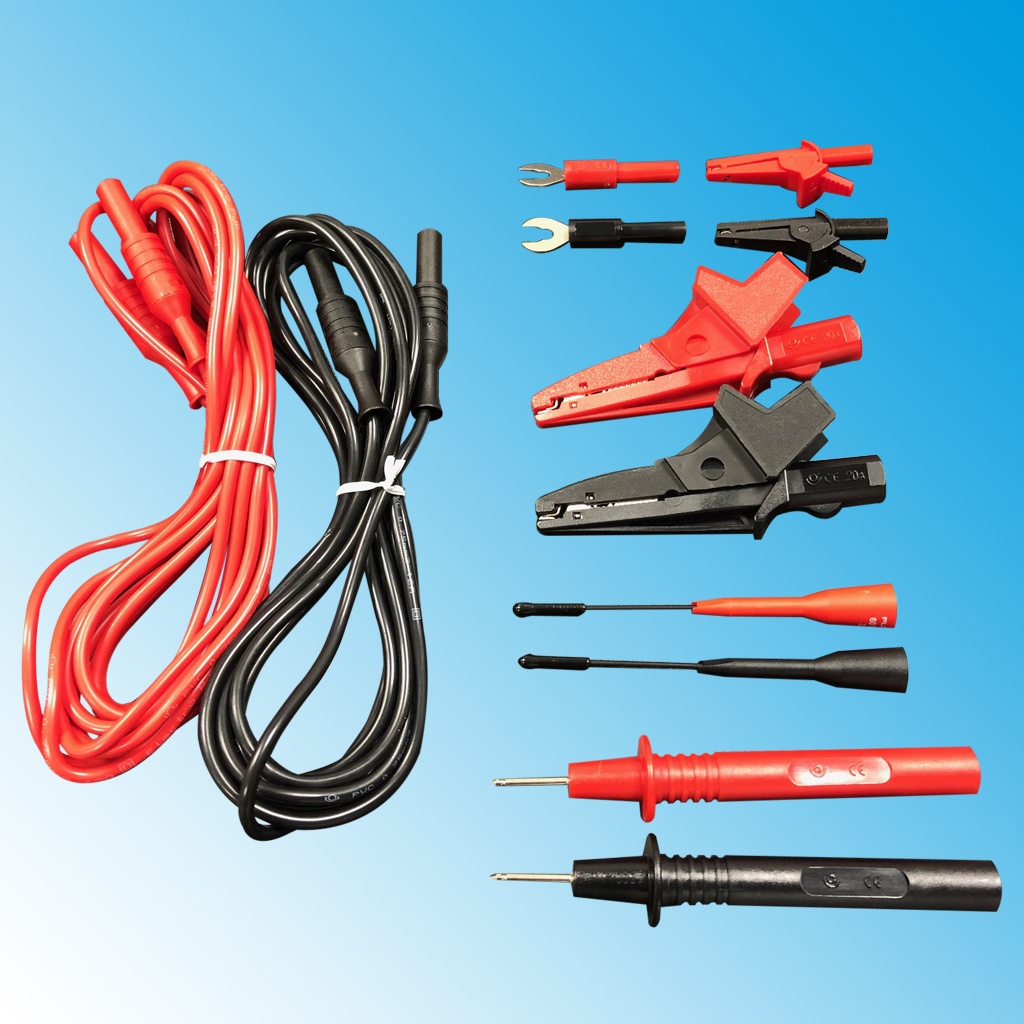- HOME
- WHAT’S NEW
- PRECISION MEASUREMENT
- LCR Bridge 6451-2 with Limits Comparator
- PRESSURE MEASUREMENT
- POWER PLANT
- RESISTANCE MEASUREMENT
- MO-5889-200A Portable Digital Micro-ohmmeter
- MO-5890-200A Portable Digital Micro-ohmmeter
- MO-5893-10A Portable Digital Micro-ohmmeter
- MO-5893-10AT Portable Digital Micro-ohmmeter
- MO-5898-100A Portable Digital Micro-ohmmeter
- MO-5898-200A Portable Digital Micro-ohmmeter
- MO-5899-100A Portable Digital Micro-ohmmeter
- Resistance Test Clamp
- Kelvin Test Lead Sets
- Model 5894 Wide Range Precision Ohmmeter
- Model 5896C Dual Channel Transformer Micro-Ohmmeter (RM)
- Model 5898 Portable 200A Precision Micro-Ohmmeter (RM)
- Standard Reference Resistors
- PORTABLE BRIDGES
- DECADE RESISTANCE BOXES
- TRANSFORMER TEST EQUIPMENT
- Portable Transformer Ratiometer Model 4167F
- Portable Transformer Ratiometer Model 4167F-(CVT)
- Portable ‘Q’ (Quality) meter type 5867
- Transformer Micro-Ohmmeter (10 Amp) 5895
- Dual Channel Transformer Micro-Ohmmeter 5896C
- High Current (100 Amp) Portable Micro-Ohmmeter 5897
- High Current (200A) Portable Micro-Ohmmeter 5898
- High Resistance Fault Locator 5762N
- PORTABLE TEST & MEASUREMENT
- SUBMARINE CABLE TEST
- Long Haul Submarine Cable Test Set Model 5903
- Portable Short-Haul Submarine Cable Test Set Model 5910
- Short Haul Submarine Cable Test Set Model 5910R (Rack Mount)
- Electroding Generator Model 5915
- Electroding Detector Model 5916
- Beach Probe & Battery Powered Portable Electroding Detector Models 5917 and 5918
- Cable Termination Unit Type 5941
- Cable Termination Unit Type 5941-3 LAN
- P1000E Earth Probe
- DIGITAL EARTH TESTER
- OBSOLETE PRODUCTS
- HISTORY
- CONTACT
QUESTIONS? CALL: 01376 335271

Tinsley offer a wide range of products ranging from transformer testers to submarine cable equipment
T 01376 335271
Email: info@tinsley.co.uk
Tinsley Instrumentation Ltd
1 Warner Drive, Springwood Industrial Estate, Braintree, Essex CM7 2YW
Portable 'Q' (Quality) meter type 5867




See the table below for a run-down of this product's specifications.
Digital display |
8 digit LED 0.8" height, range indicator,
|
Working temperature |
0 to 40°C |
Normal temperature |
20°C |
Rel. Humidity max. |
80% (non-condensing) |
Storage temperature |
-20°C to +50°C |
Mains connection |
90 - 260V |
Dimensions |
240 x 280 x 120 mm |
Weight |
4.5 kg |
Measuring frequency |
250ms |
If quality and reliability is affecting your output then the new Tinsley "Q" Meter may be just the product for you. Designed to exploit the unique electrical signature of any wound component, the Tinsley type 5867 "Q" Meter is in fact a fast operating and extremely sensitive inductance and resistance meter which can be used to compare almost any type of winding. Coils, motor rotors and stators or transformers can be reliably tested. Being simple to operate and with an option to operate from an internal rechargeable battery, the "Q" Meter is equally at home in the production area and in the field. With wound components previously assigned a signature value it can be used in various stages of the manufacturing process to identify changes that indicate a potential failure prior to completion of the component.
Alternatively, if used during planned maintenance of machines such as motors and generators it will identify developing faults before they become a catastrophic failure.
